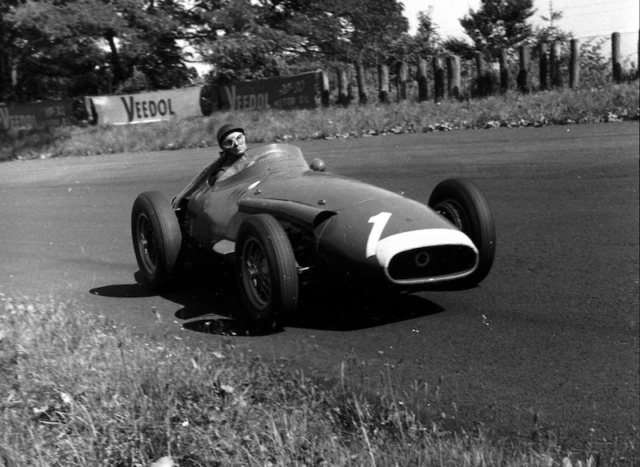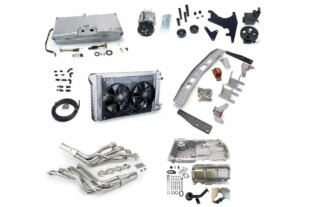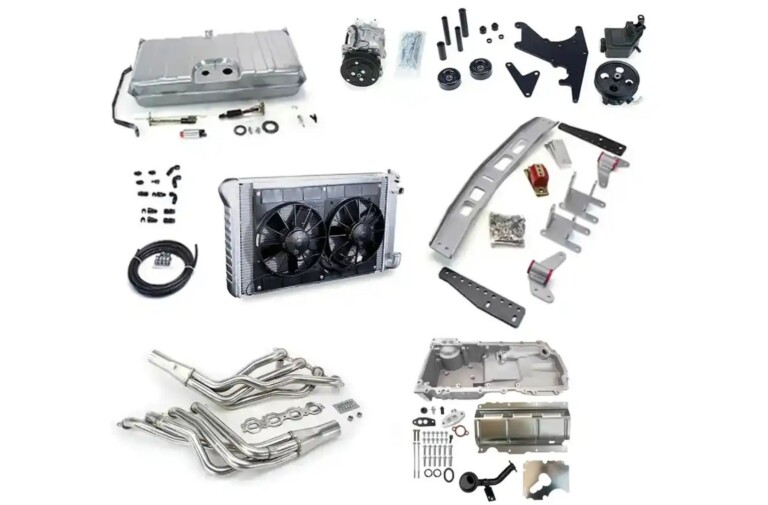As far as iconic Formula One cars go, those with a sense of history might cite the 250F as one of the better ones out there. It wasn’t the most successful — winning eight races from the 277 it entered, but it certainly was one of the prettiest, and it marked a transitional era, during which F1 cars moved on from the conventional front-engine layout to the faster, more efficient rear-engined design.
Perhaps best known by the masterful Fangio who piloted this car to the 1957 world title, the front-engined Maserati also contributed to the career of Stirling Moss, who said “the nicest Formula One car to drive was probably the Maserati 250F. Obviously a rear-engined Cooper is going to beat it and will be much easier to throw around, but is it as gratifying? Probably not.” The beauty of a front-engined layout with narrow tires, a narrow body shape and a reasonably long wheelbase meant the car was inclined to drive sideways.
Power came from a 2.5-liter Maserati A6 straight-six which provided around 240 horsepower, though watching the footage of Brundle coming to terms with the unruly rear end, one could assume it made more. During the last race of 1957 at Monza, the car debuted a V12 making roughly 320 horsepower, but the abundance of power shredded the rear tires prematurely and caused heating problems which robbed it of any chance for success.
The car went through different upgrades to try and stay relevant, including significant weight reduction, fuel injection, and an offset engine to lower the center of gravity, but by that time, the car had seen its best days. Perhaps the best modification the 250F ever benefited from was Fangio himself. The Argentinian put on his best display with this car at the 1957 German Grand Prix, where he set the lap record ten times and overcame a 48-second setback in 22 laps, to overtake the leader Mike Hawthorn on the last lap. Fangio was reported to have said “When it was all over I was convinced I would never be able to drive like that again — never. I had reached the limit of my concentration and will to win.”






















